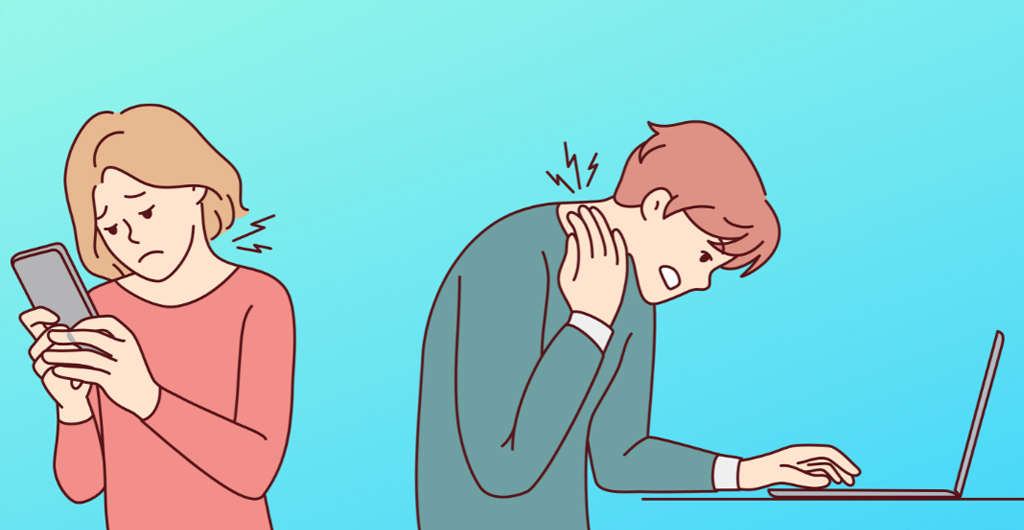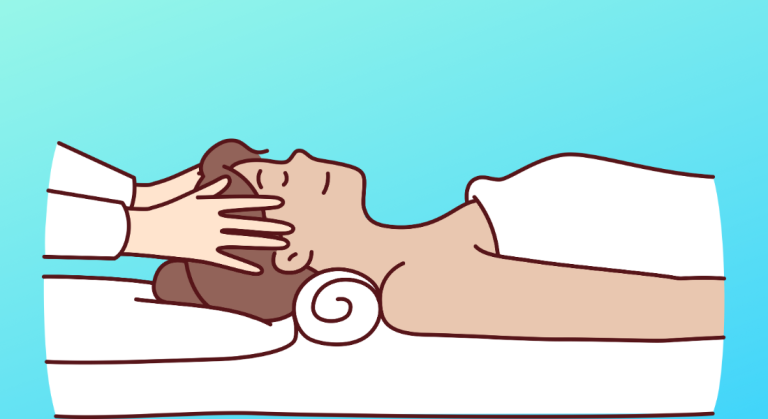More than one in five Americans suffer from chronic pain. This condition is not just an inconvenience; it affects the ability to perform everyday tasks and leads to a reduced quality of life. Fortunately, health professionals now recognize that combining alternative methods, such as physical therapy, massage, and acupuncture can relieve pain and produce lasting results, often without the need for surgery, injections, or pain medication.Have you been suffering from chronic pain? Here’s everything you need to know about how physical therapy can help ease your symptoms.
What is Chronic Pain?
As opposed to acute pain, which usually resolves (with or without treatment) in a short amount of time, chronic pain lasts for months or years.
Acute pain disappears when you recover from an injury or illness. Chronic pain, however, can persist in varying degrees long after the injury or illness has been treated. Whether arthritis, a fracture, cancer, or nerve damage, there are many sources of chronic pain. In most cases, this type of pain involves a muscle group, or a joint and is severe enough to affect your mobility and ability to carry out certain tasks. This is where physical therapy can help.
Physical therapy for chronic pain targets these painful muscles and joints; it helps reactivate them while strengthening your body and giving you the maximum range of motion your condition allows.
How Do You Evaluate Chronic Pain?
Evaluating your pain starts with a discussion about your symptoms. Your physical therapist (PT) will ask how often you feel the pain and how it impacts your daily life. They will also take into consideration your medical history and previous treatments to evaluate whether their effects may have contributed to the discomfort you’re experiencing. Then, they will assess your muscle strength, range of motion, endurance, and balance.
Based on all this information, your physical therapist will be able to develop a personalized plan for treating chronic pain.
Treating Chronic Pain with Physical Therapy
Physical therapy for chronic pain consists of two kinds of treatment: passive and active treatments.
Passive treatment is when your physical therapist does most of the work (for example, manipulating joints, stretching muscles, postural reeducation, myofascial release, and strengthening specific muscle groups). Active treatment consists of physical exercises you do in the therapist’s office or independently in your home.
Depending on the muscle group in question, your PT may suggest the following physical exercises and treatments for chronic pain:
Passive Treatments
- Manual therapy and massage
- Heat and ice therapy
- Laser therapy
- Hydrotherapy
- Kinesiology taping
- Pain Neuroscience Education (PNE)
Active Treatments
- Low-impact exercise therapy
- Strengthening exercises
- Targeted exercises of the painful area
- Flexibility exercises
- Stretching
In most cases, you will need a combination of both passive and active treatments to achieve the desired results: passive treatments will help you get started, while active treatments give you the tools to manage your pain in your daily life, strengthen your muscles, and joints, and improve your mobility.
Types of Chronic Pain Conditions that a Physical Therapist Can Treat
The most common sources of chronic pain include arthritis, back pain, neck pain, fibromyalgia, complex regional pain syndrome, neuropathic pain, and myofascial pain syndrome.
Most of these conditions benefit from physical therapy treatments because physical therapists can find and treat the source of the pain and give you the tools to manage your condition. In contrast, other treatments may only address the issue superficially and don’t provide a long-term solution. That’s why many health professionals agree that physical therapy should be the first line of treatment for chronic pain before medication, injections, or surgery.
The Benefits Physical Therapy Can Offer
Physical therapy comes with several benefits. In addition to relieving pain, it helps strengthen your body, improve your mobility, and in doing so, contributes to a better quality of life. However, to achieve the best results, it is important to perform the exercises carefully and gradually increase your activity level. That’s why pain education (teaching the science behind pain) and introducing you to safe exercises are also among the tasks of the physical therapist.
If you follow through with your personalized treatment plan, you will notice the improvements in your condition, as well as the following benefits:
Reduced pain: Regular exercise and movement help reduce pain by activating the muscles and teaching the brain to refocus. Instead of avoiding certain tasks, the brain will learn that not every movement has to cause pain.
Relaxed muscles: Chronic pain can make your muscles tense and tight. Physical therapy works on relaxing these muscles, making you more comfortable.
Stronger body: Your body will get stronger, and your general fitness will increase as you work through the exercises. Even if you’re dealing with arthritis, strengthened muscles around that joint will give it more support and make you feel better.
Improved range of motion: When you’ve been suffering from chronic pain for a long time, your joints can become stiff. Physical therapy helps regain your range of motion and flexibility.
Lower stress levels: Regular exercise also helps lower your stress levels, by reducing cortisol (the stress hormone) in your body.
Improved confidence: Soon after you start exercising, you will notice an improved ability to complete tasks, giving you the confidence to regain control of your life.
What to Expect During Your Physical Therapy Session
Your first physical therapy session will consist of an interview about your symptoms and a physical exam to make a diagnosis. The physical exam evaluates the muscle groups and joints where you experience pain. You may feel uncomfortable during this process, but it’s vital to go through this assessment so that your PT can develop your personalized treatment plan.
The success of physical therapy for chronic pain depends on the communication between the therapist and patient, so it’s important to tell your PT where you experience discomfort, which actions trigger it, and which activities make you feel better. Expect some exercises to be challenging, especially if you have previously avoided certain movements to manage chronic pain.
After evaluating your pain and discussing your goals, your PT will develop your treatment plan, consisting of the number of sessions, timeframe, checkpoints, and recommendations for additional care. The number of sessions you have to undergo (whether in the form of passive or active therapy) depends on your condition and will be determined in this first physical therapy session.
Chronic Pain Physical Therapy Near Me
Physical therapy is an effective treatment method for chronic pain. It helps strengthen your body, relax your muscles, and improve your flexibility and mobility so that you can enjoy your daily activities again and feel better in your body.
Have you been suffering from chronic pain? Dr. Alexandra Chaux is an experienced physical therapist who can help you address the source of your discomfort. After a physical therapy assessment, Dr. Chaux will develop your treatment plan consisting of manual therapy, exercises, neuromuscular re-education, and specialized treatment such as cortical field reeducation, functional manual therapy, myofascial release, and hypotensives. With this personalized approach, you have a great chance of eliminating the pain, improving your quality of life, and enjoying a stronger, fitter body.
For more information about physical therapy treatments for chronic pain, contact Chaux PT at (805) 203-9940 or book an appointment online and start your healing journey today!




